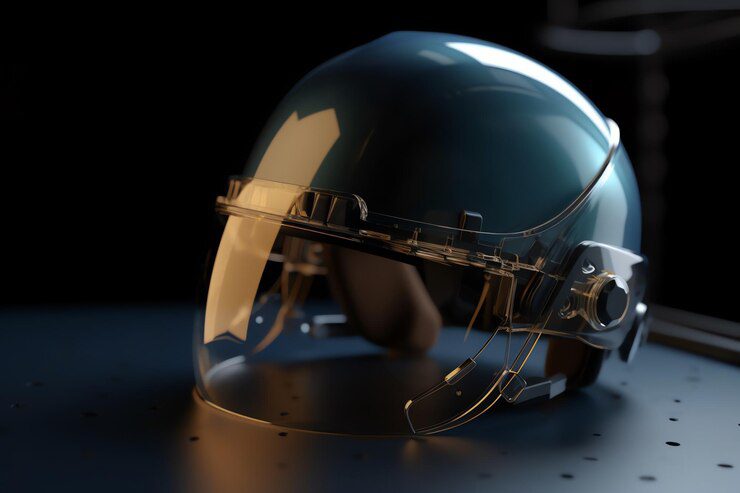The iconic image of a football player – helmet strapped on, ready to take the field – is a constant in the sport. But the football helmets of today are a far cry from their humble beginnings. They’ve undergone a remarkable transformation, driven by a relentless pursuit of safety and performance. Let’s embark on a journey through the fascinating evolution of football helmets.
The Early Days: Leather and Limited Protection (1870s-1930s)
The early years of football were a rough and tumble affair. Players wore minimal protection, with some resorting to leather caps or modified hats for head protection. These rudimentary “helmets” offered little to no impact absorption and were primarily used to prevent minor cuts and scrapes.
The Rise of the Leather Helmet (1930s-1950s)
The 1930s saw the introduction of the first true football helmets. These were made of thick leather shells lined with padding. While offering some degree of protection compared to their predecessors, these helmets were still bulky and uncomfortable. Additionally, the padding tended to compress upon impact, limiting their effectiveness.
A Turning Point: The Invention of the Hard Shell Helmet (1939)
A significant breakthrough came in 1939 with the invention of the Riddell suspension helmet. This innovative design featured a hard plastic shell suspended inside a leather cradle. This separation allowed for some “give” upon impact, offering superior protection compared to the traditional leather helmets.
The Age of Plastic and Innovation (1950s-1980s)
The post-war era saw a continued focus on improving football helmets. Polycarbonate, a stronger and lighter plastic, began to replace leather in the shell construction. Additionally, advancements in padding materials like vinyl nitrile foam provided better shock absorption. Facemasks also became standard equipment during this period, further enhancing player safety.
Revolutionizing Safety: The Introduction of Polycarbonate Shells (1980s-present)
The 1980s marked a turning point in football helmet design. Polycarbonate became the dominant material for helmet shells, offering significant improvements in strength and impact resistance. This shift coincided with a heightened awareness of head injuries in sports, leading to stricter regulations and testing procedures for helmets.
Modern marvels: Advanced Materials and Technologies (2000s-present)
The 21st century has seen the introduction of even more sophisticated materials and technologies in football helmets. Here’s a table outlining some of the key advancements:
| Technology | Benefits |
| Multi-layered padding systems | Combine different materials like impact foam and inflatable bladders for better energy absorption. |
| Improved facemask designs | Offer better facial protection while maintaining visibility. |
| MIPS (Multi-directional Impact Protection System) | A helmet liner that allows for a slight rotational movement upon impact, potentially reducing the risk of concussions. |
| Advanced helmet fitting systems | Ensure a more customized and snug fit for better protection. |
| New materials | Exploration of innovative materials like carbon fiber for lighter and stronger helmets is ongoing. |
The Future of Football Helmets: A Focus on Player Safety
The evolution of football helmets is far from over. Research and development continue to push the boundaries of helmet design, with a relentless focus on player safety. Here are some potential future directions:
Personalized Helmets: Customizable helmets tailored to individual player head shapes and impact profiles.
Smart Helmets: Integration of sensors that monitor impact forces and head movement, potentially providing real-time data on potential concussions.
Advanced Materials: Continued development of even lighter and stronger materials for superior protection.
Conclusion
The evolution of football helmets is a testament to the unwavering commitment to player safety. From rudimentary leather caps to the high-tech marvels of today, the journey has been one of continuous improvement. As research and technology advance, so too will the design of football helmets, ensuring the future of the sport prioritizes player well-being alongside the thrill of the game.







